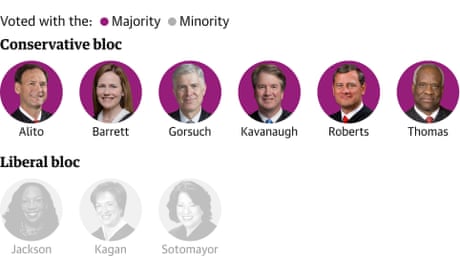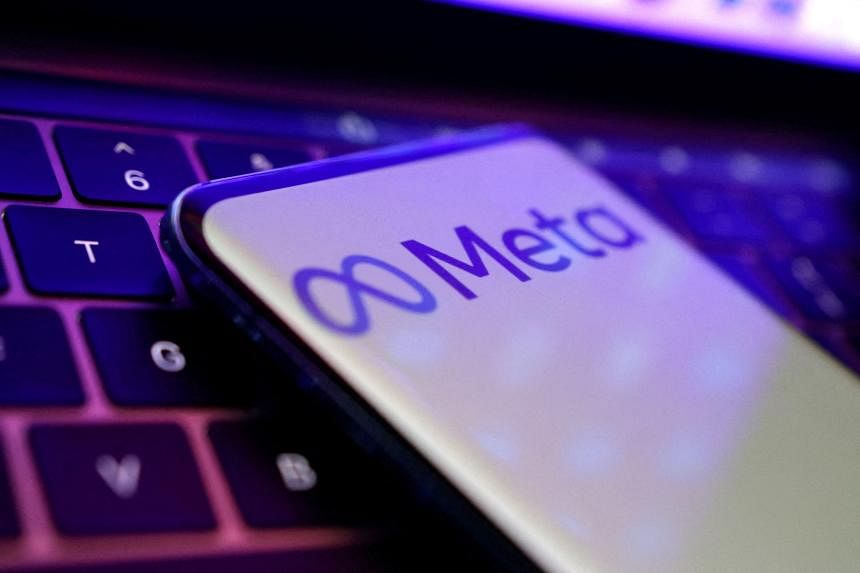- Gen Xers have the highest median non-mortgage debt of $33,859
- Millennials are the most likely to have student loan debt
- Texas cities topped the list for most debt across every generation
(NewsNation) — Mortgages make up the bulk of household debt but a new analysis shows most Americans owe thousands of dollars beyond their home loans, with members of Gen X carrying the highest balances.
Across the 100 largest metros in the U.S., the median non-mortgage debt is $24,668, according to online lending marketplace LendingTree. Gen Xers, between 44 and 59 years old, owed $33,859, the most across the four generations studied.
Millennials weren’t far behind, owing $30,558 across non-mortgage loans, including credit cards, auto loans, student loans, and personal loans.
Debt levels also vary widely by region. Consumers in McAllen, Texas, have the highest auto debt across all generations, LendingTree found.
Gen Zers in Northeast cities like Boston and New Haven, Connecticut, had the highest student loan debt, while millennials carried higher student loan balances in southeast cities like Durham, North Carolina, and Atlanta, Georgia.
The analysis is based on more than 428,000 anonymized credit reports from LendingTree users in the nation’s 100 largest metro areas. The credit reports are from Oct. 1, 2023, through March 31, 2024.
Median non-mortgage debt balance by generation, according to LendingTree:
- Gen Xers (ages 44-59): $33,859
- Millennials (ages 28-43): $30,558
- Baby Boomers (ages 60-78): $18,779
- Gen Zers (ages 18-27): $16,562
The Gen X debt situation
Across all generations in the 100 largest metros, Gen Xers have the highest median non-mortgage debt at $33,859. The cohort also has the largest share of people with debt, nearly 99% carry some type of balance, LendingTree found.
Gen Xers led the way in three of the four categories analyzed. The group — between 44 and 59 years old — has the highest median credit card, auto loan and student loan balances.
Where they owe the most: Four of the five metros where Gen Xers owe the most are in Texas. McAllen tops the list, where Gen Xers owe a median balance of $46,166. Hefty auto loans appear to be the main driver in the Lone Star State, with Gen Xers’ typical car debt hovering around $29,000 in multiple cities.
Gen Xers credit card balances were highest in the northeast and Florida. Bridgeport, Connecticut ($8,669) and New York City ($7,922) topped the list, followed by Miami ($7,797), Lakeland ($7,777) and Cape Coral ($7,714), Florida.
Only 25% of Gen Xers still carry student loans; however, their median balance is $31,066, the highest of any generation.
The millennial debt situation
Millennials have had less time than Gen Xers to rack up debt but they’re already well ahead of the much older Baby Boomers, carrying a median non-mortgage debt balance of $30,558.
Student and auto loans are the main challenge for those ages 28 to 43. Millennials have the second-highest auto loan debt across generations, with nearly 60% owing a median balance of $20,826.
While their average student loan balance is lower than Gen X, millennials are the most likely to have that form of debt. Over 38% of millennials have student debt and their median balance is $24,112.
Where they owe the most: Three of the top five cities were in Texas with El Paso topping the list. Millennials in the West Texas city owe a median non-mortgage debt balance of $42,982.
Once again, auto loans tell much of the story. According to the analysis, five of the six U.S. cities where millennials carry the most car debt are in Texas.
When it comes to student loans, millennials in Washington D.C. owe the most, $31,895. The nation’s capital is followed by Durham ($30,606) and Raleigh ($30,119), North Carolina; Atlanta ($29,724); and Columbia, South Carolina ($29,353).
The baby boomer debt situation
Despite being the oldest generation in the analysis, baby boomers carry considerably less non-mortgage debt than Gen Xers and millennials, owing a median balance of $18,779 across the country’s largest metros.
The cohort between ages 60 and 78 are the most likely to carry credit card debt, with 93% having a balance. They owe a median of $4,862, the second highest of the generations studied.
Baby boomers are faring much better regarding student loans, only 11% still carry them. They’re also less likely to have car debt, just 48% owe on auto loans, the second-lowest by generation.
Where they owe the most: McAllen, Texas ($33,020) topped the list again, followed by Augusta, Georgia ($29,754), San Antonio ($28,524), Austin ($26,686) and Dallas ($25,965).
Although they have the lowest percentage of personal loans, baby boomers carry the highest balances, owing a median of $5,363. In Honolulu, Hawaii they owe a staggering $12,676 in personal loans.
The Gen Z debt situation
The youngest generation in the study has the lowest debt ($16,652) but the vast majority, 97%, still carry a balance.
As far as student loans, Gen Zers owe significantly less than other generations, with a median balance of $12,172 — roughly half of what millennials owe for school. Part of that is because many 18 to 27-year-olds are still making their way through college but they’re also less likely to attend in the first place.
Gen Zers are also fairly likely to have auto debt, with around 47% of the country’s youngest adults having a median car loan amount of $17,402, according to the analysis.
Where they owe the most: McAllen ($27,781) and El Paso, Texas ($22,476) ranked at the top for Gen Z but the rest of the top ten had more geographic diversity than other generations. Cities like Cape Coral, Florida ($21,208), Harrisburg, Pennsylvania ($21,178) and Syracuse, New York ($21,116) were also among the highest for Gen Z debt.
Young adults in the Northeast carry a particularly high level of student loan debt. Boston ($20,986) ranked first, followed by New Haven ($20,173), Bridgeport ($19,250) and Hartford ($18,481), Connecticut.









